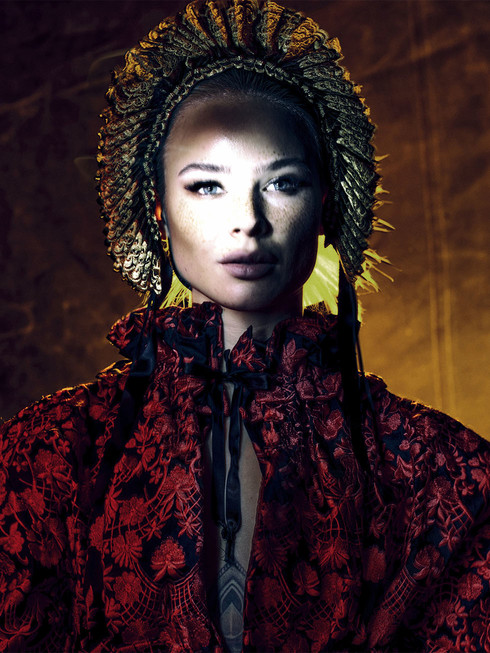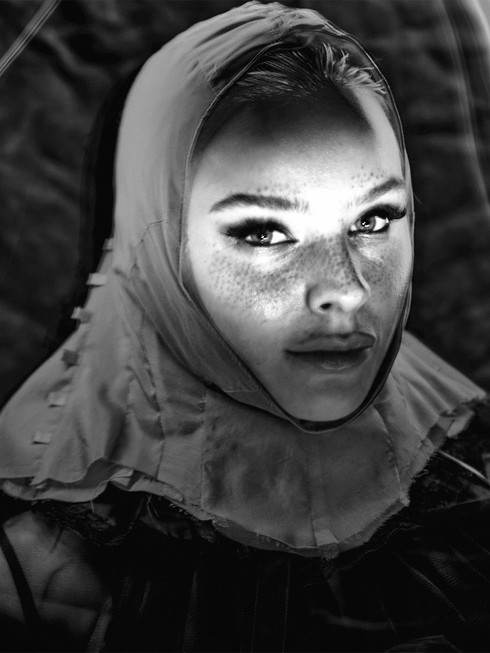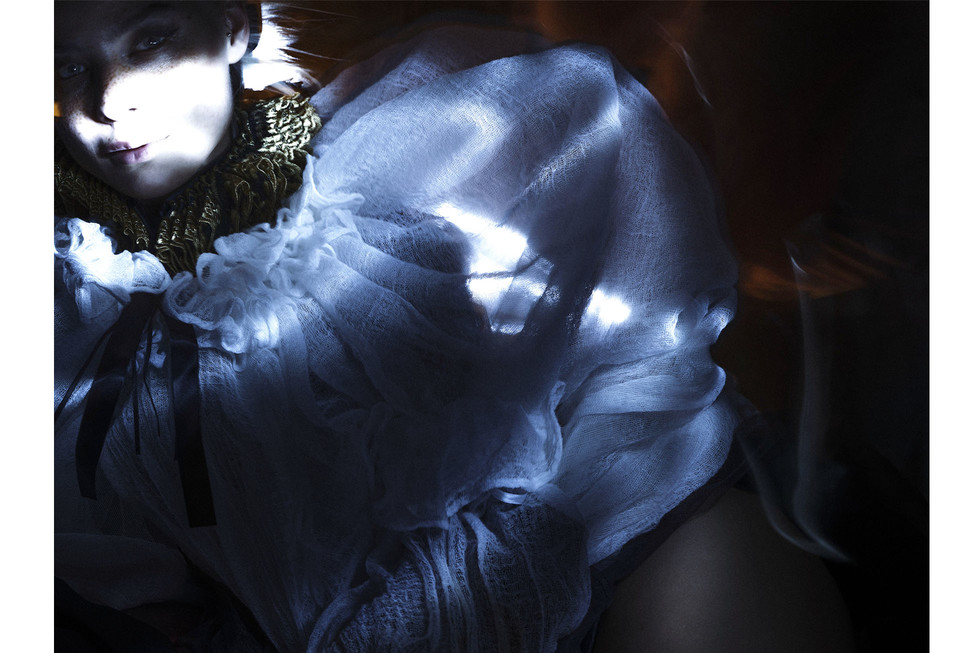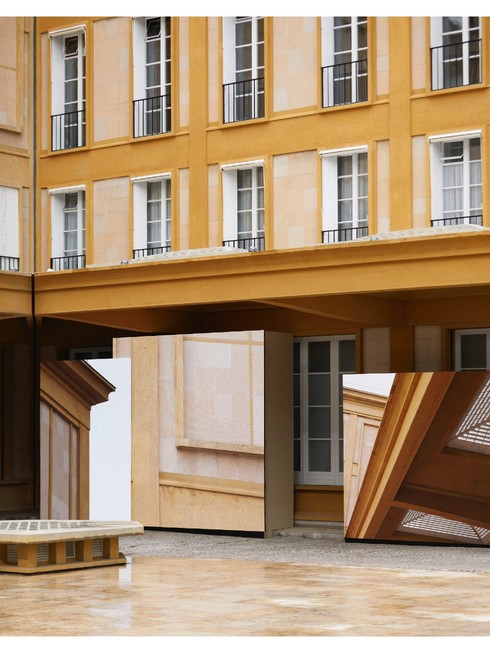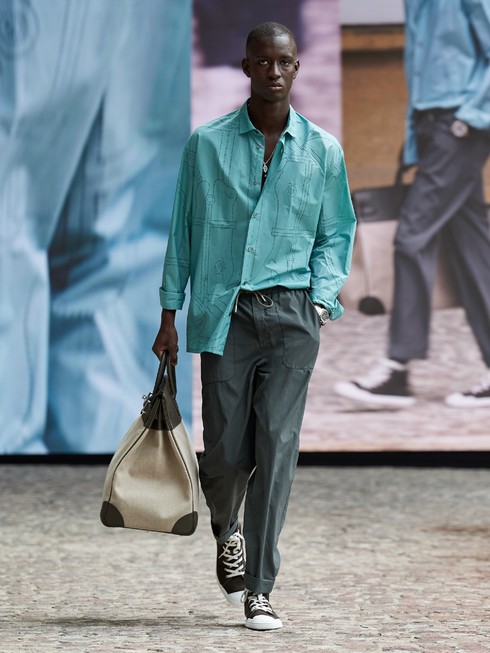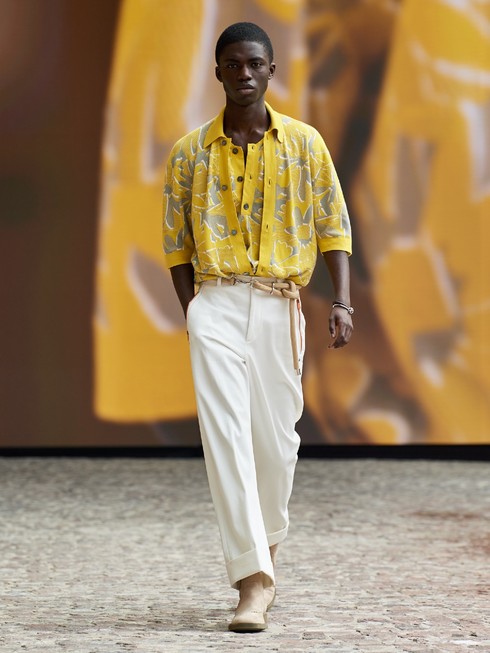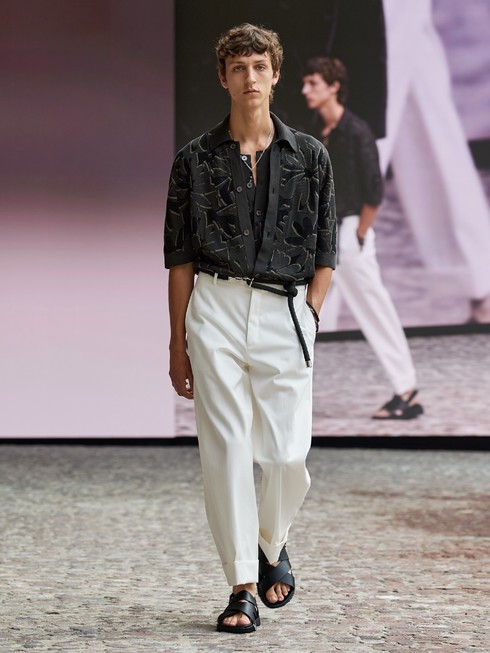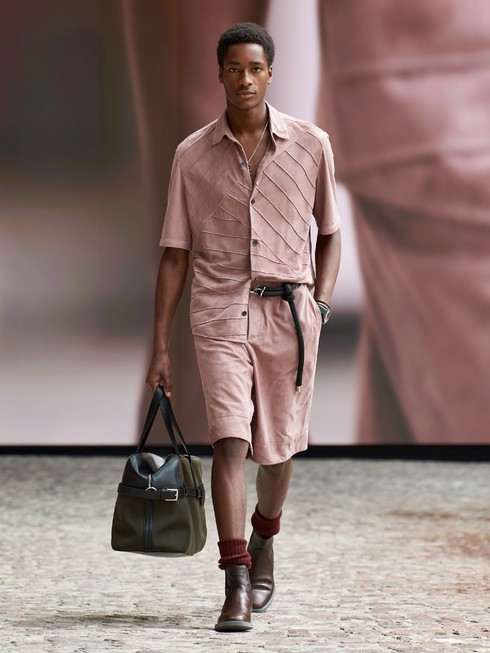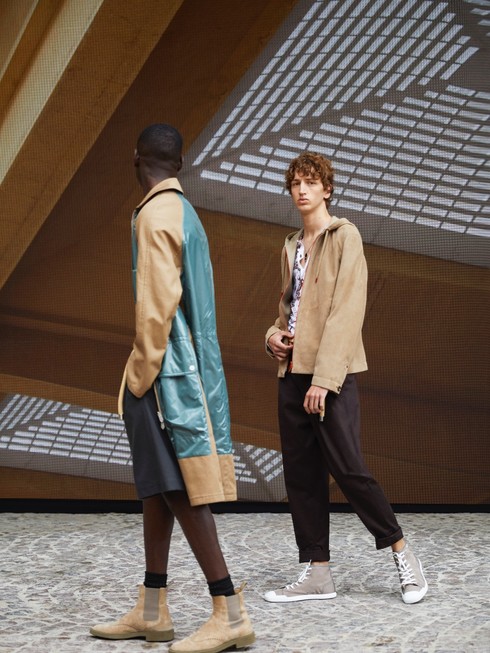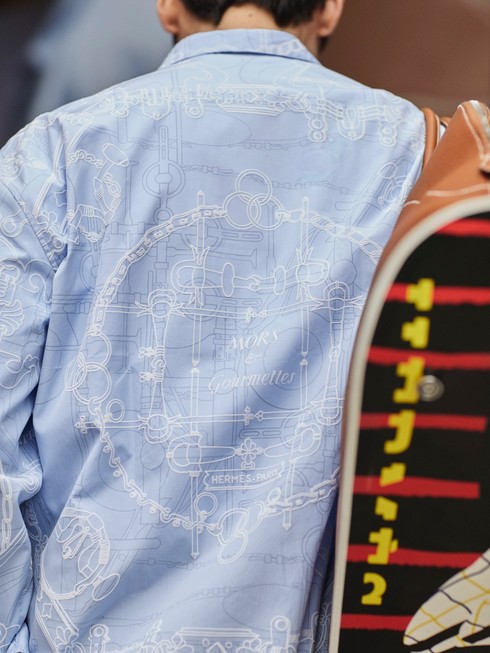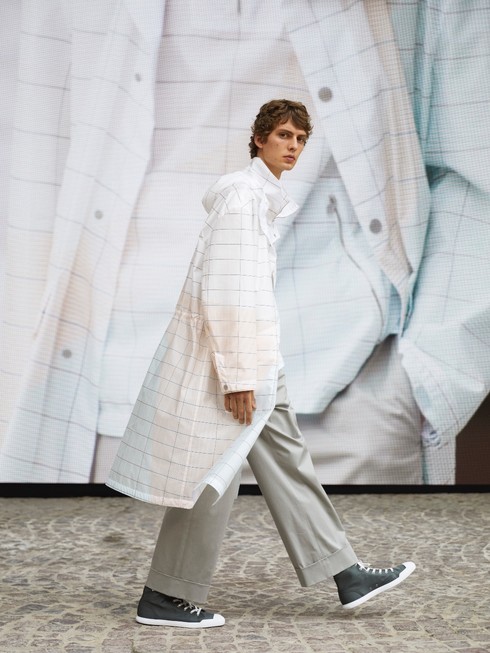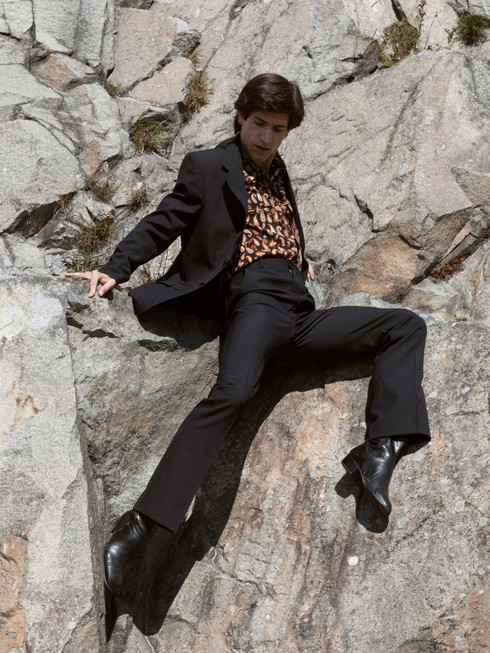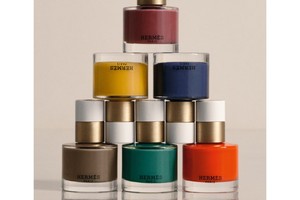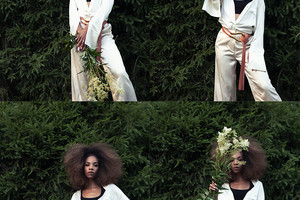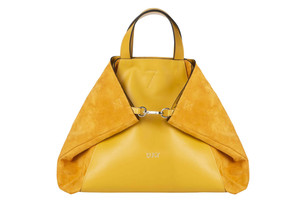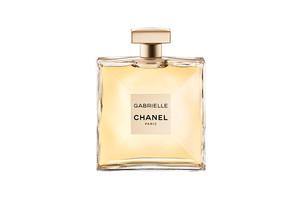Born of Decay, An Interview with Felicia Halén Fredell
Written by Diana Neumark by Sandra MyhrbergThe Designer
“When I was little I was praised for my drawings of people, this later evolved into “dressing up” my painted characters and then teenage me was thinking fashion design is the coolest thing one could do. Over time I realised it’s about the only thing I could actually do, so I naively pursued it and entered the fashion industry like a baby ready to be moulded after anyone’s liking…”
- Felicia Halén Fredell
When it comes to fashion and design Felicia Halén Fredell’s thoughts and feelings differs from the norm of a fashion designer. In her graduation project essay she wrote that her design is born from her “contradictory relationship to fashion and the guilt it has brought”.
Which is your favourite design piece made?
My favourite piece is always the newest one, the one I just made- or the one still in my head waiting to be made! Onto the next design that is always going to be bigger and better. I’ve simply stared at the ones in my archive far too long, so they don’t feel like achievements anymore.
‘Born of Decay’ was the name she chose for her graduation collection, shown at the catwalk when she graduated from Beckmans College of Design in Stockholm, 2018. Her ambition was to make an emotional collection, that was close to the heart and left the viewer with elusive emotions. Her goal with the design was to add as much value to fashion that it can’t be dismissed or rejected out of hand.
“I have realised that my creativity has sprung from a critical examination approach that is often also
emotional rather than necessarily negative.”
- Felicia Halén Fredell
What is your favourite material to work with?
I love fabrics that kind of defy people’s expectations of them. Like raw silk for example, it’s extremely rich in colour and has an uneven structure that gives it a lot of life. Most people seem to think of satin as soon as you mention silk but they don’t know all the different forms the fiber can take on. Or how about a very fine wool crêpe with the most luxurious fall and matte finish, it’s destined for a draped dress - Just call me a fabric snob, I deserve it!
Besides off being a fashion designer with a big philosophical mind she also works as a costume designer, illustrator and print designer with a focus on high craftsmanship. Since graduating from Beckmans Felicia hasn’t stopped challenging the fashion industry and its intentions with her innovative and conceptually clever yet complex fashion design.
Where would you say that most of your inspiration comes from?
I strive for symbiosis between me and the wearer of my clothing. The greatest inspiration comes from the interview, which is the first consultation where I get to know my customer and ask questions that will determine a design. ” When you dress yourself, is it in functional uniform, protective armour, a statement of beliefs or a playful party?” This is followed by, ”are you happy with the state of your style or do you wish to evolve so it better matches your inside?” And finally, ”how would you like to feel when I dress you? empowered? vulnerable? both?” I believe fashion is a fine tuned language and I want to express whatever is on the wearer’s mind.
What can we expect from you in the future?
You can expect fashion that is thoughtful, personal and authentic. There’s always gonna be a lot of drama as well! The launch of my brand is somewhere in the distant future, but only as soon as I have separated fashion from exploitation. This is just a brief touch into the mind of Felicia Halén Fredell. The young fashion designer that questions the status quo of the clothing and fashion purpose.

